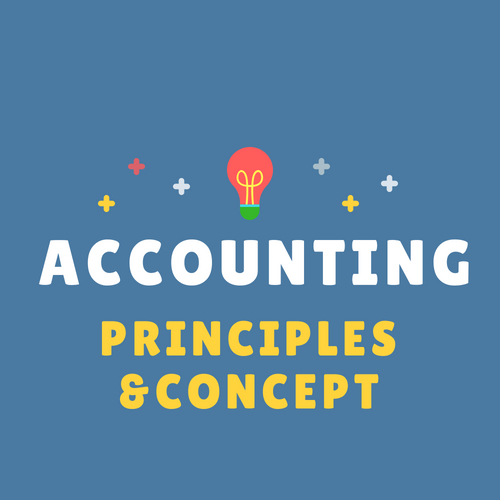
In the United States, these standards are known as the Generally Accepted Accounting Principles (GAAP or U.S. GAAP). Companies required to meet GAAP standards must do so in all financial reporting or risk facing significant consequences. A debit records financial information on the left side of each account.
Do you own a business?
Always scrutinize financial statements, as there’s potential for manipulation within GAAP’s framework. The amount of other comprehensive income is added/subtracted from the balance in the stockholders’ equity account Accumulated Other Comprehensive Income. Liabilities also include amounts received in advance for a future sale or for a future service to be performed. The concept of materiality means an accounting principle can be ignored if the amount is insignificant. For instance, large companies usually have a policy of immediately expensing the cost of inexpensive equipment instead of depreciating it over its useful life of perhaps 5 years.
Generally Accepted Accounting Principles (GAAP): Definition and Rules
Accountants also distinguish between current and long-term liabilities. Current liabilities are liabilities due within one year of a financial statement’s date. This text includes some very relevant information about careers in accounting. I did not see a tie-in with data analysis which would have been nice but there are other ways to integrate this in to a course. This text is straight forward and focused on the subject of financial accounting. Although chapters 1-5 must be presented in sequential order since we are discussing a sequence of events in an accounting cycle, the others can easily be moved around in terms of order presented.
What is GAAP vs. IFRS?
Assets describe an individual or company’s holdings of financial value. One concern that I have with any accounting textbook is whether there will be a homework system that the students can benefit from and that makes grading homework an easy process. With the books that I use in my courses (McGraw-Hill, Wiley, and Pearson), I rely heavily on the LMS platforms that the publisher provides. Of course, I could create such a homework system with accounting for cash transactions our university’s blackboard system but it would be a great deal of work, especially if a robust and comprehensive (content) system was created. Students in a financial course need lots of hands-on work – learning by doing and grading all that manually, is an impossible task because of other demands on faculty time. Essentially, this principle requires accountants to report financial information only in the relevant accounting period.
The accounting department of a company and its auditors are employees of two different companies. The auditors of a company are required to be employed by a different company so that there is independence. Following GAAP guidelines and being GAAP compliant is an essential responsibility of any publicly traded U.S. company.
Which GAAP principle is most important?

Non-GAAP accounting techniques deviate from these standards by definition, leading some professionals and stakeholders to dispute or reject their use. According to accounting historian Stephen Zeff in The CPA Journal, GAAP terminology was first used in 1936 by the American Institute of Accountants. Federal endorsement of GAAP began with legislation like the Securities Act of 1933 and the Securities Exchange Act of 1934, laws enforced by the U.S.
- Accountants assume that a company’s ongoing complex business operations and financial results can be divided into distinct time periods such as months, quarters, and years.
- All negative and positive values on a financial statement, regardless of how they reflect upon the company, must be clearly reported by the accounting team.
- Here are the nine most important accounting concepts small-business owners should know.
- I did not find any culturally insensitive or offensive content in this textbook.
Accounting advances financial literacy and yields precise, powerful insights into financial health. GAAP is the set of accounting guidelines used for every publicly traded company in the United States. It is comparable to the International Financial Reporting Standards (IFRS) that many non-U.S. While U.S. companies only need to follow GAAP domestically, if internationally traded or operating with a significant international presence, they often must adhere to the IFRS as well. While it’s not necessary for you to know every in and out of GAAP unless you’re an accountant, you’re doing well to at least familiarize yourself with the basic principles. Gaining at least a conceptual understanding of the motivations behind GAAP will help you keep the financial reporting side of your business running smoothly.
Major examples of the individual accounts found in a general ledger include asset accounts, liability accounts, and equity accounts. Each transaction recorded in a general ledger or one of its sub-accounts is known as a journal entry. The term is sometimes used alongside “operating cost” or “operating expense” (OPEX).
Manuel Romero
Latest posts by Manuel Romero (see all)
- Покердом (Pokerdom) казино ➤ Вход на зеркало официального сайта - November 10, 2024
- hello world - November 5, 2024
- Entry-Level UX UI Job Opportunities Worldwide - October 3, 2024
- How AI is Revolutionizing Digital Marketing » War Room Inc - September 3, 2024
- AI Marketing: New Technology To Maximize Business Results - July 26, 2024
